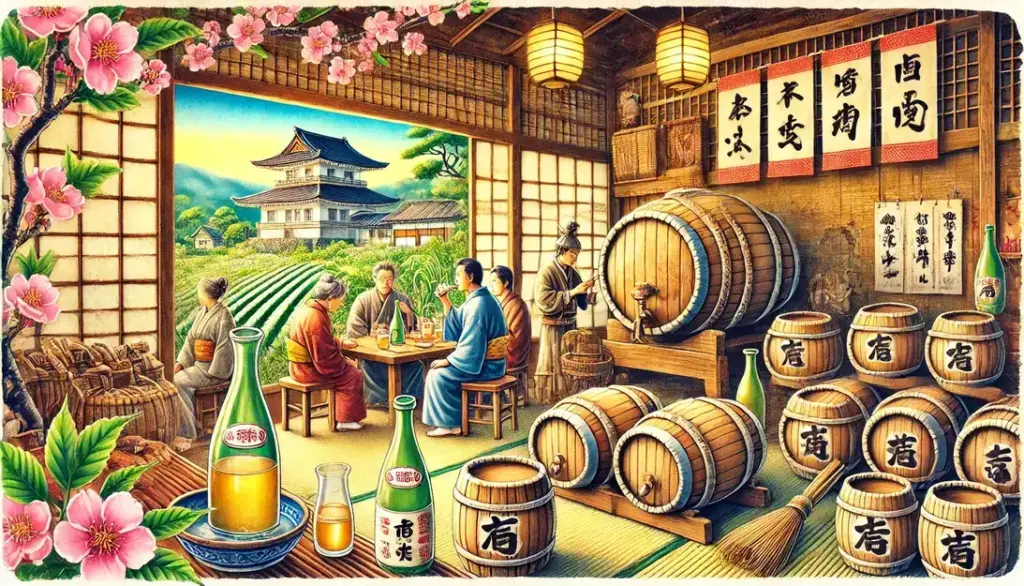Sake in Japan isn’t just a drink —it’s a connection to history, culture, and everyday life. This traditional rice-based beverage has its roots in ancient rituals, symbolizing respect and unity. Over the centuries, it shifted from sacred offerings to gods to becoming a staple at celebrations, gatherings, and even casual meals. With its unique brewing process and regional varieties, sake reflects Japan’s deep respect for craftsmanship. Today, it’s not only cherished within Japan but also gaining international acclaim, inviting the world to experience its rich tradition in every sip.
What is Sake?
Sake is Japan’s most celebrated alcoholic beverage, often referred to as “rice wine.” However, it’s not technically a wine or beer. Instead, it’s a distinct beverage brewed through a unique fermentation process of rice, water, yeast, and koji mold. Sake is deeply tied to Japan’s traditions, symbolizing elegance and craftsmanship. Whether served hot or cold, its versatility continues to charm people both within and beyond Japan.
How Sake is Made
The process of making sake is just as fascinating as the drink itself. It combines precision, tradition, and natural ingredients. Here’s a step-by-step glimpse at the artistry behind this beloved brew:
- Rice Polishing (Seimai): The process begins by polishing rice grains to remove their bran layers. This step influences the sake’s quality. The more the rice is polished (or milled), the finer its flavor, making it suitable for premium sake varieties.
- Koji Preparation: After polishing, the rice is steamed and mixed with koji mold. Koji is essential for breaking down the rice’s starch into fermentable sugars.
- Yeast Starter (Shubo): Next, the yeast starter, called shubo, is created. This step fosters the growth of yeast to ensure steady fermentation.
- Fermentation (Moromi): Ingredients, including rice, koji, and water, are added in stages to a large brewing tank. Over several weeks, the moromi (main mash) is left to ferment, creating alcohol.
- Pressing and Filtering: Once fermentation is complete, the liquid is pressed to separate the sake from unfermented solids. It is then filtered to achieve clarity.
- Pasteurization and Bottling: Sake is usually pasteurized to stabilize its flavor before being matured and bottled. Some types, like namazake, skip this step for a fresher taste.
If you’re curious about the intricate brewing process, check out this detailed guide on how sake is made.
Key Types of Sake
Not all sake is created equal. Its flavor, aroma, and body vary depending on the brewing process, rice polishing rate, and added ingredients. Here’s a breakdown of the most popular types:
- Junmai: Made purely of rice, water, yeast, and koji, this sake has a robust and rich profile. It’s great for food pairings, especially when served warm.
- Ginjo: Known for its light, fruity aroma and clean finish, Ginjo is crafted with rice polished to at least 60%. It’s a favorite for those who enjoy chilled sake.
- Daiginjo: A highly polished rice (at least 50%) and intricate brewing methods give Daiginjo a complex yet delicate character. Think of it as the champagne of sake.
- Honjozo: This type includes a small amount of distilled alcohol, enhancing its aroma. Honjozo is smooth and easy to drink, often served warm.
- Namazake: Unlike most sakes, namazake skips pasteurization, resulting in a fresh, zesty taste. It needs refrigeration to maintain its quality.
- Nigorizake: Featuring a cloudy appearance, nigorizake is coarsely filtered, letting rice particles remain. It’s slightly sweeter and creamier – perfect for dessert lovers.
For a comprehensive guide on the types of sake, visit The Different Types of Sake.
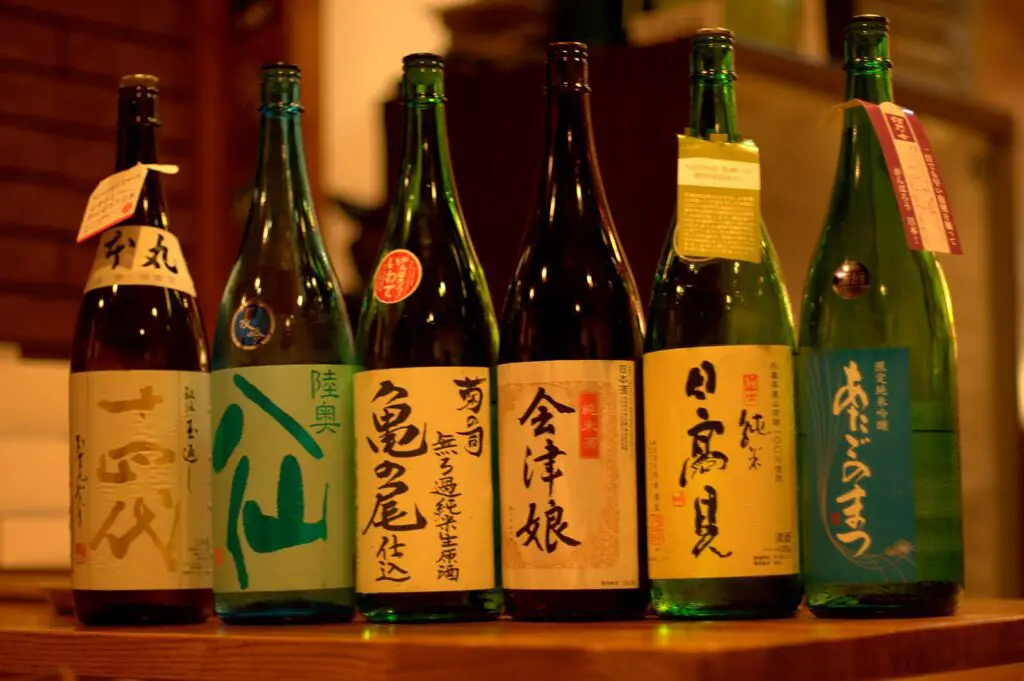
Each type of sake holds its own charm, offering endless possibilities for taste exploration and cultural appreciation.
Sake’s Historical Roots
Sake’s story begins deep within Japan’s history, where its significance wasn’t just culinary, but also spiritual. From ancient times, this rice-based drink has symbolized purity, unity, and reverence, firmly establishing its place in Japanese culture.
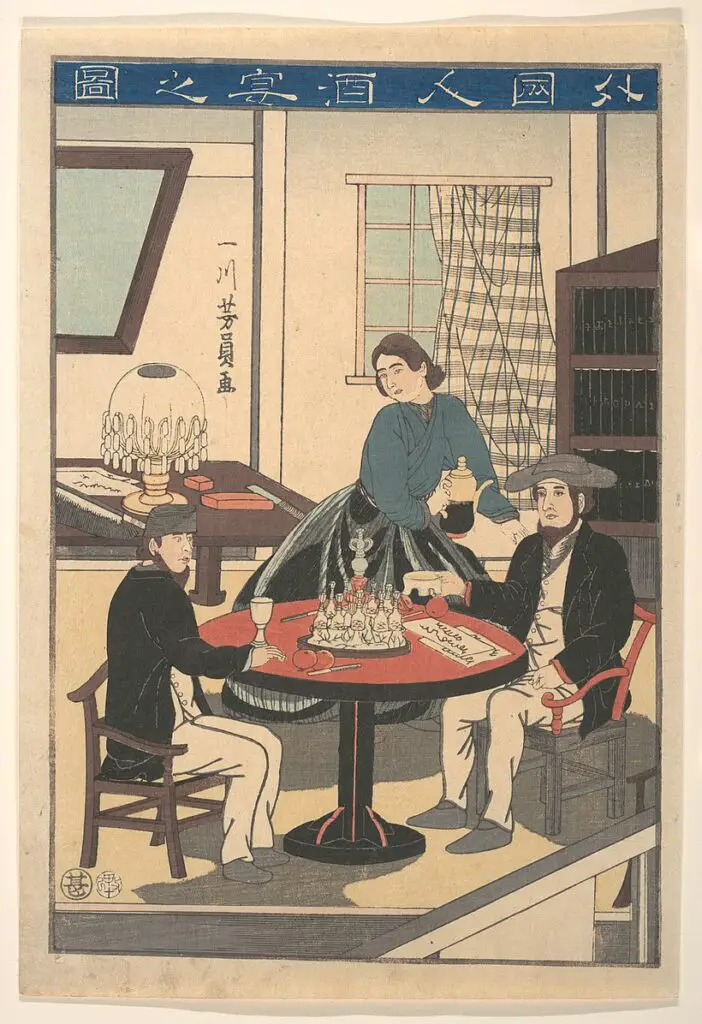
Sake in Ancient Japan
Originally, sake was much more than a beverage—it was a sacred offering. Shinto, Japan’s indigenous religion, often involved sake in its ceremonies to honor the gods, or “kami.” The act of offering sake symbolized humility and respect, forging a bond between the spiritual and the human world.
During rituals, priests would pour sake onto the ground as an offering to ensure blessings, abundant harvests, or prosperity. Festivals and seasonal celebrations also featured sake prominently—think of it as a spiritual connector, bringing communities together to thank nature and the gods.
Sake also appeared in imperial courts. For example, it was often consumed as part of state ceremonies or to solidify alliances. This venerable tradition of using sake in sacred contexts continues, especially during temple ceremonies and iconic Shinto rituals. Learn more about its roots at The Deep Relationship Between Sake and Shinto.
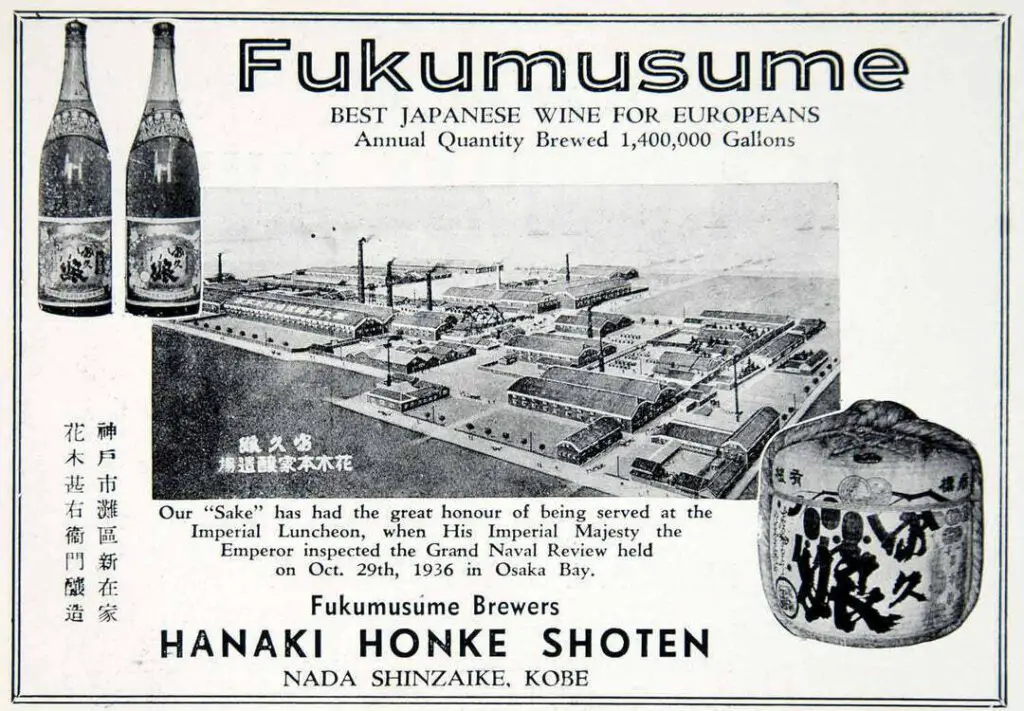
Modern-Day Sake Trends
Fast forward to today, and the role of sake within Japan has evolved. While it’s still honoured during weddings, New Year celebrations, and other traditional moments, its everyday consumption has transformed. Modern lifestyles and shifting drink preferences have caused sake to lose some of its domestic dominance.
However, there’s a bright side: sake is finding renewed life internationally. Japanese brewers innovate by creating lighter, fruitier varieties for younger audiences and global consumers. High-end sake brands are gaining attention in top-tier restaurants and sake bars worldwide, helping to position it as a luxury drink.
In Japan, personalized experiences like sake tastings and brewery tours draw curiosity, while local brewers experiment with age-old techniques paired with cutting-edge brewing methods. Discover these trends and more at Sake Trends: Exploring Innovations and Modern Approaches to Sake Production.
Sake may have ancient roots, but its adaptability proves its enduring cultural significance, whether at a traditional Japanese festival or in a trendy urban bar.
Sake in Japanese Culture
Sake is more than an iconic beverage; it’s an integral part of Japanese culture and traditions. Its role transcends being a drink, connecting people, celebrating occasions, and embodying regional diversity. This section explores sake’s traditions, culinary connections, and diverse regional characteristics in Japan.
Traditional Sake Practices
Sake drinking is steeped in tradition, with etiquette and presentation playing a pivotal role in the experience. The vessels used—tokkuri, ochoko, and masu—are as symbolic as the sake itself.
- Tokkuri: This is the traditional sake flask, often made from ceramic or porcelain. Sake is poured from these into smaller cups. When pouring for others, it is customary to use two hands, reflecting respect and mindfulness.
- Ochoko: These are small, round cups designed for sipping sake. They emphasize hospitality, as the serving size encourages the host to refill for guests.
- Masu: A square wooden cup formerly used for rice measurement, masu cups now bring a rustic, ceremonial feel to sake consumption. Sake is often served to brim or even overflowing in a masu as a gesture of generosity.
The act of pouring sake is deeply ritualistic. For instance, you should never pour your own; instead, it’s seen as polite to pour for others while they do the same for you. In formal settings, attention to these customs highlights respect and unity. Learn more about these vessels and etiquette with this guide on sake practices.
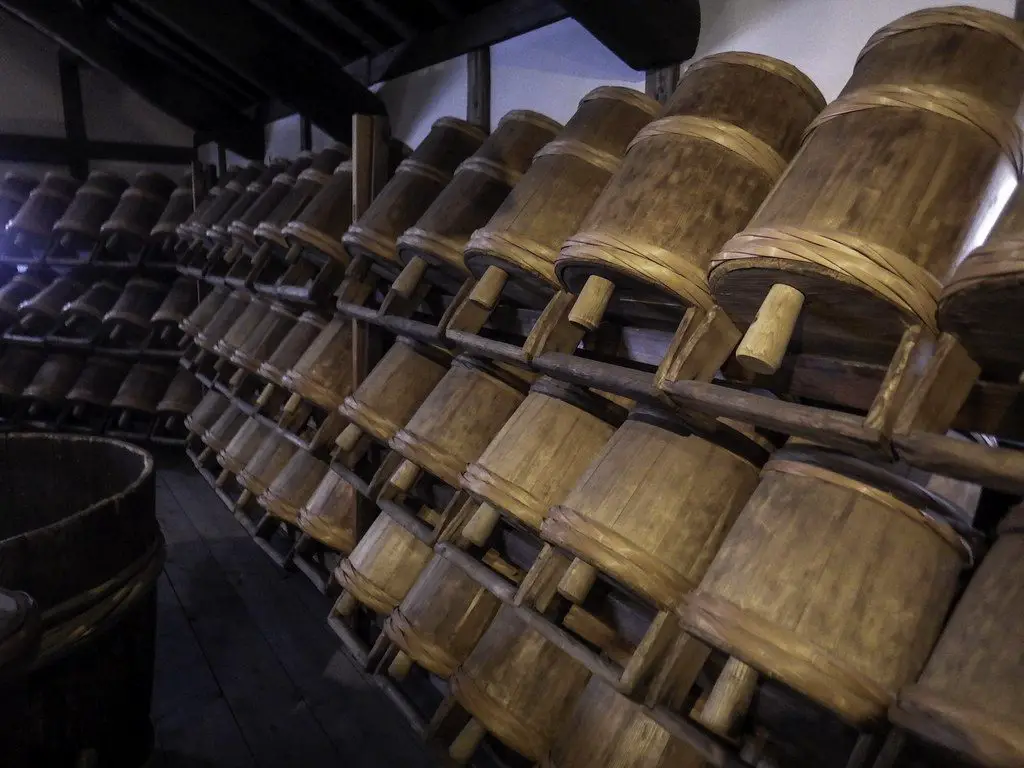
Sake and Food Pairings
Sake isn’t just a standalone experience; it transforms when paired with food. Its versatility complements both traditional and modern dishes, making it a universal beverage for foodies.
Traditional Japanese Pairings:
- Sushi and sashimi pair seamlessly with sake due to its umami balance. Light, fruity ginjo sake enhances fresh fish flavors, while richer sakes like junmai suit fattier options like salmon or unagi.
- Tempura works well with crisp, dry sakes to cut through the oiliness without overpowering the flavor.
Modern Pairings:
- Surprisingly, sake pairs wonderfully with non-Japanese foods too. For instance:
- Nigori sake matches the creaminess of desserts like cheesecake.
- Dry daiginjo contrasts perfectly with salty charcuterie boards.
- Smoky honjozo finds harmony with grilled red meats like steak.
Experimentation leads to discovery—try mixing and matching sake with your favorite meals. For inspiration, check out perfect pairings for sushi and sake.
Regional Sake Varieties
Sake’s flavor isn’t just about ingredients; it’s shaped by the environment where it’s brewed. Every region of Japan has its signature style, influenced by water quality, climate, and local rice varieties.
- Nada (Hyogo Prefecture): Known as Japan’s top sake-producing area, Nada’s water is rich in naturally occurring minerals, giving its sake a sharp, dry profile. Nada is home to major historical breweries.
- Fushimi (Kyoto Prefecture): Sake from Fushimi embodies elegance, with soft water contributing to a smoother, more refined character.
- Niigata Prefecture: With its snowy winters, Niigata produces clean, crisp, and light-bodied sake. Its cold, consistent brewing climate ensures high quality.
Other regions like Akita and Hiroshima each offer distinctive brews, making a sake tour across Japan an adventure for the senses. To learn more about regional varieties, you can explore this guide on sake-producing regions.
Regional varieties give sake drinkers unique flavors to explore—there’s one for every taste preference whether you lean towards dry, sweet, or aromatic styles.
Sake Tourism in Japan
Sake is more than a drink; it’s an immersive experience that blends culture, history, and craftsmanship. Beyond enjoying sake at home or in izakayas, Japan offers thrilling opportunities to explore sake up close. Whether it’s touring a brewery or attending a lively festival, sake tourism promises unforgettable moments for visitors.
Visiting Sake Breweries
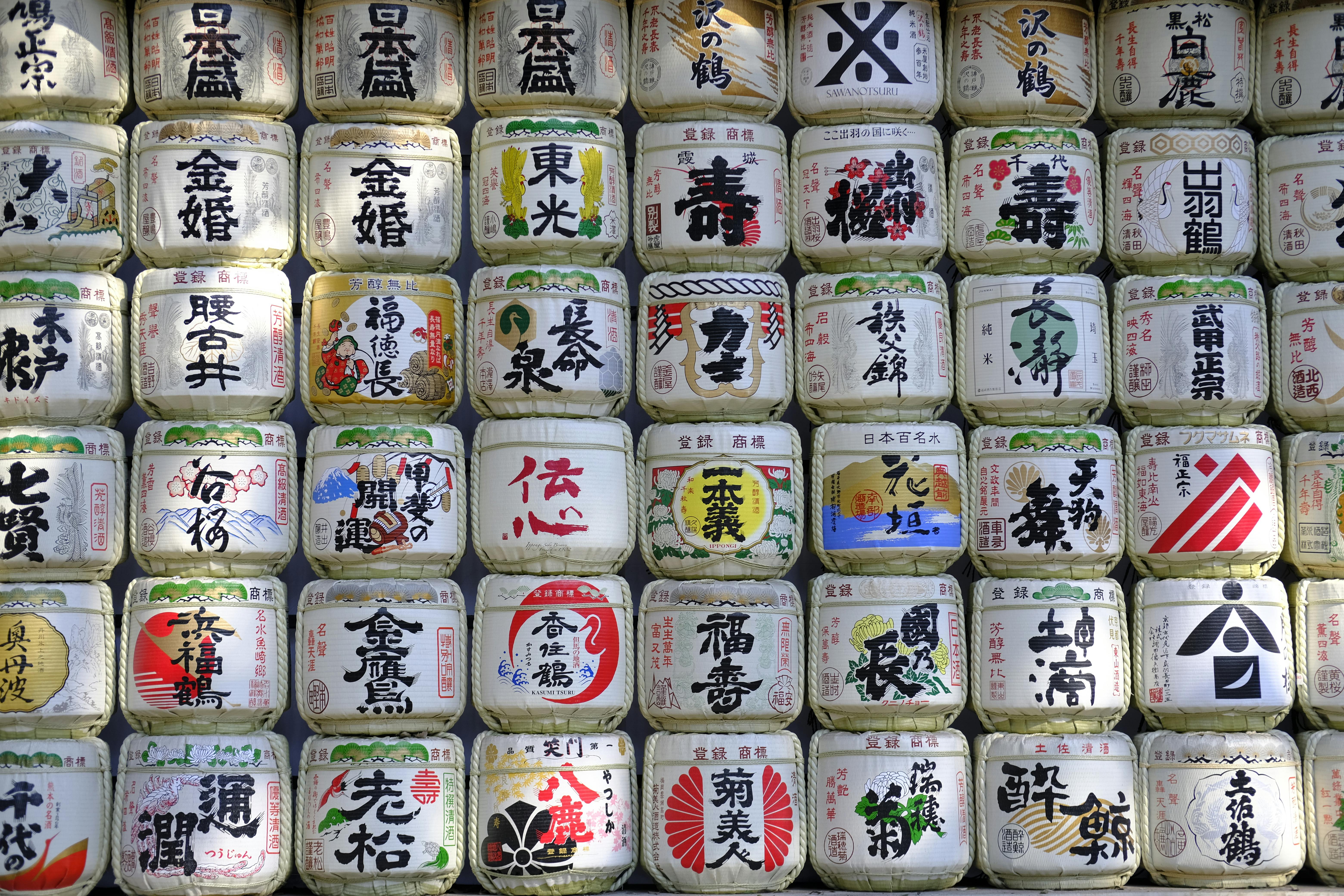
Photo by Tianwang Xiao
Exploring a sake brewery is like stepping into the heart of Japanese tradition. Breweries, locally called sakagura, offer a behind-the-scenes glimpse into how this iconic drink is made. Many of them welcome visitors, allowing you to watch the process unfold while learning about the heritage behind each sip.
Here’s what visitors can expect at a brewery tour:
- Guided Tours: They walk you through each step of sake production, from rice polishing to fermentation. Some tours feature interactive demonstrations, making it educational and fun.
- Tastings: The highlight of any visit is sampling freshly brewed sake. Many breweries offer a tasting menu featuring various types, from dry to sweet, filtered to unfiltered.
- Cultural Immersion: Beyond brewing, breweries often showcase traditional tools and historic brewing techniques, connecting you to centuries of craftsmanship.
Some breweries are nestled in picturesque locales, such as the Fushimi Sake District in Kyoto or Nada in Kobe, both celebrated for their superior sake production. For those keen to plan their brewery tour, check out this guide to visiting sake breweries.
Popular Sake Festivals
Sake festivals are lively events where locals and tourists come together to celebrate Japan’s national drink. These festivals offer a profound way to connect with the culture, try exclusive brews, and enjoy food and entertainment.
Here are some of the top sake festivals to experience:
- Saijo Sake Matsuri (Hiroshima): Known as one of Japan’s premier sake events, this festival gathers breweries and sake lovers in Saijo every October. It’s a spirited weekend full of tastings and brewery tours. Learn more about Saijo’s Sake Matsuri here.
- Niigata Sake no Jin (Niigata Prefecture): Held every March, this massive event features over 500 varieties of sake from nearly 80 brewers. It’s a haven for enthusiasts looking to sample rare sakes. Read more about Niigata Sake Fair.
- Craft Sake Week (Tokyo): As the name suggests, this festival celebrates artisanal sake with brewers showcasing unique creations. Paired with gourmet food stalls, it’s a modern take on sake appreciation.
- Washu Fes (Osaka): An exciting urban festival that supports small-scale brewers. It’s perfect for discovering niche, craft sake.
Festivals are also great for those new to sake, as they provide a chance to savor different styles, learn from experts, and soak up the festive atmosphere. Check this roundup of sake festivals and events for even more options.
From brewery visits that highlight tradition to festivals pulsing with energy, sake tourism offers something for everyone, making Japan a must-visit destination for sake lovers.
Buying and Storing Sake
Sake is a unique drink that requires a bit of thought when picking the perfect bottle and knowing how to keep it fresh. Whether you’re a beginner or a casual enthusiast, understanding these aspects can enhance your experience.
How to Choose the Right Sake
Choosing sake can be a bit overwhelming, especially for beginners. There are a few key factors to consider that will help you make the right choice:
- Understand Flavor Profiles: Start by figuring out what flavors appeal to you.
- If you prefer light, fruity tastes, try Ginjo or Daiginjo sake.
- For a richer, fuller sip, look into Junmai variants.
- Want something adventurous? Nigori has a creamy texture and sweet flavor.
- Polishing Ratios Matter: The rice polishing ratio (Seimai-buai) tells you how much of the rice grain is removed during production.
- A lower ratio like 50% (used in Daiginjo sake) indicates a refined, delicate flavor.
- Higher ratios result in bolder, more robust tastes like in Honjozo sake.
- Check Alcohol Content: Most sake ranges between 12% and 16% alcohol by volume.
- Beginners usually find lower alcohol percentages easier to enjoy.
By focusing on these criteria, you can tailor your choice to your taste. For other tips, check out this comprehensive sake selection guide.
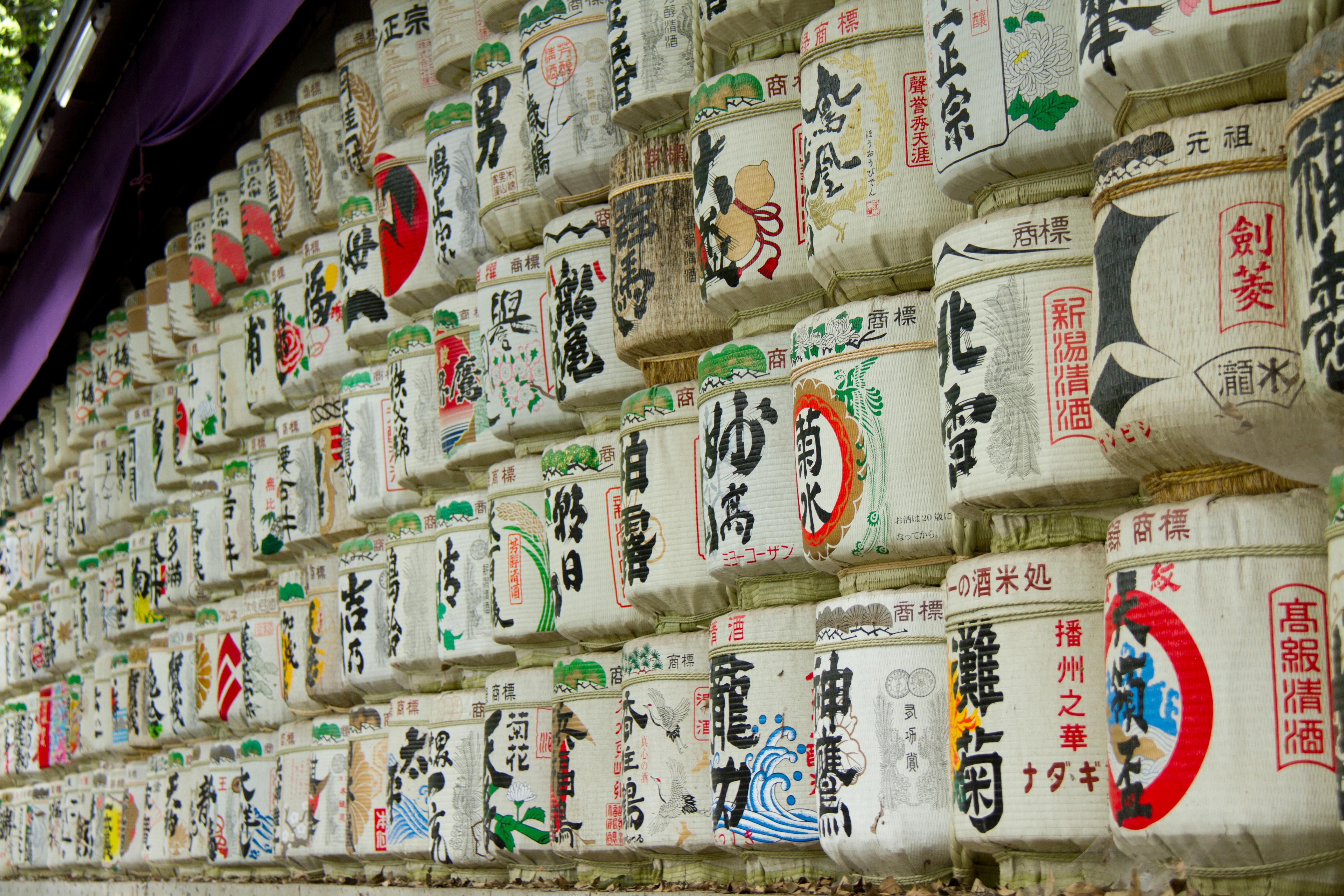
Photo by Alex Toi
Proper Sake Storage
After you’ve picked the perfect bottle, it’s essential to store it the right way. Improper storage can quickly ruin the taste of your sake.
- Keep It Cool: Temperature matters! Sake is best stored between 5°C and 15°C (41°F–59°F). Most types, especially premium grades like Ginjo, should be refrigerated.
- Avoid Direct Sunlight: Light exposure can cause sake to oxidize, altering its aroma and flavor. Keep it in a dark spot or wrapped in dark material.
- Seal It Tight: Once opened, sake should be consumed within a week for fresh flavors. Keep the cap or stopper tightly closed when not in use.
Following these simple guidelines can help preserve the delicate balance of flavors in your sake. Need a deeper dive? Learn from this detailed sake storage guide.
By paying attention to these storage rules, you’ll ensure every sip of sake is as good as the first.
The Global Appeal of Sake
Sake is no longer just a symbol of Japanese tradition, it’s a global beacon of culinary creativity. With its silky texture and complex flavors, it’s winning hearts worldwide. Restaurants, mixologists, and food enthusiasts are finding new ways to spotlight sake, blending it into fusion cuisine and cocktails that embody creativity and cross-cultural exchange.
Sake in International Cuisine
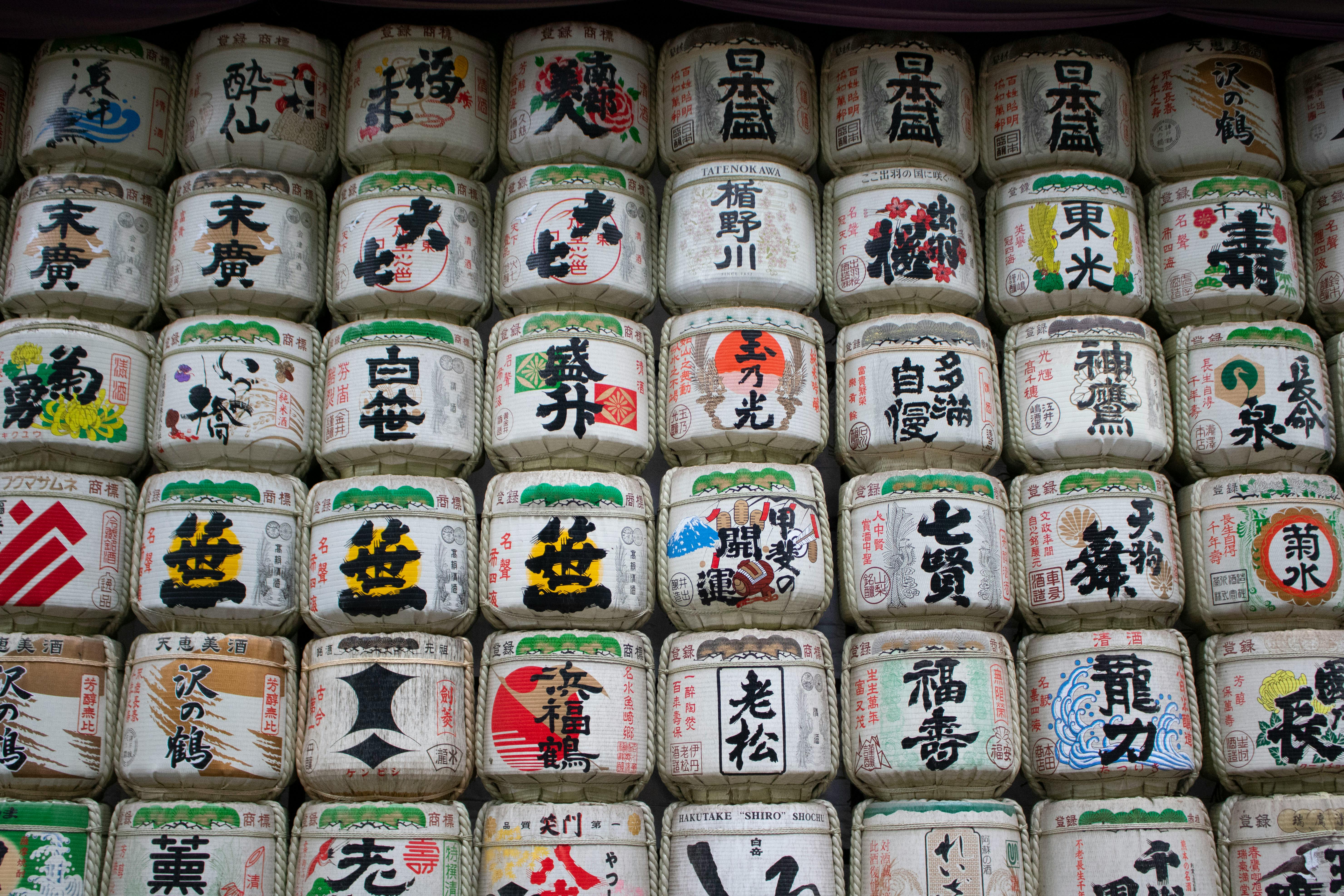
Photo by Imani Williams
Sake’s versatility makes it a standout in global kitchens. Unlike wine or beer, its subtle flavors and umami-rich profile complement various cooking styles and cuisines. Take a moment to think about it—how often can one drink balance both delicate sushi rolls and hearty steaks?
In fusion cooking, sake is a key ingredient in bold pairings. It’s used to enhance the depth of sauces or tenderize meats, effectively bridging traditional Japanese elements with international techniques. For example, chefs in Europe are pairing rich, dry sake with creamy Italian risottos or French seafood bisques. In America, sake-glazed barbeque ribs have become a hit on fusion menus. It’s a star in Korean-style marinades as well, blending smoothly with soy and sesame.
Even pasta gets its share of sake love. Rich tomato sauces with seafood often call for a splash of sake to match the dish’s acidity while lending a delicate sweetness. Curious? Dive deeper into the pairing possibilities with this sake pairing guide.
Not only does it elevate dishes, but its lighter alcohol profile also makes sake easier to pair across a diverse menu. International chefs are witnessing firsthand how sake lends a uniquely Japanese flair to a global dining experience. For more on this trend, check out why sake belongs in every restaurant.
Sake Cocktails and Innovations
Modern mixologists are rewriting the cocktail rulebook, and sake is becoming the new favorite canvas. Its crisp and smooth flavor profile makes it a versatile base for both refreshing classics and experimental creations.
Popular sake cocktails include sake mojitos, sake margaritas, and even sake-based sangrias. These drinks often mirror Japanese aesthetics—light, minimalist, and effortlessly chic. Sangrias bursting with fresh fruit pair wonderfully with dry sake profiles, while a sake margarita offers a lighter, citrusy twist on the tequila classic. Want to try making some of these at home? Browse through these sake cocktail recipes.
Another trailblazing trend is sparkling sake, a bubbly and refreshing take that’s gaining popularity worldwide. It’s a playful alternative to champagne, perfect for celebrations or casual sipping. Additionally, brewers are experimenting with infusions—think matcha-flavored sake or sake infused with exotic fruits like lychee or yuzu.
The innovation doesn’t stop there. Microbreweries outside Japan are adopting sake brewing techniques, adding regional twists. For example, in Texas, local breweries are creating hybrid cocktails like sake mojitos accented with Southern flair. Explore these fun ideas with this guide to Texas sake cocktails.
Through fusion cuisine, inventive cocktails, and brewing innovation, sake continues to evolve as a global sensation, pushing boundaries while retaining its cultural depth. Its journey proves that tradition and creativity can coexist, turning a centuries-old beverage into something fresh and exciting for everyone.
Conclusion: Sake in Japan
Sake lies at the heart of Japanese culture, representing centuries of history, craftsmanship, and celebration. Its role in rituals and social bonds highlights its importance far beyond being a simple drink.
Whether you’re savoring it at a local festival, touring a brewery, or pairing it with sushi, sake offers a bridge to Japan’s traditions. The growing global interest in sake further enriches its story, inviting people worldwide to experience its depth and diversity.
If you haven’t yet explored sake, now is the time to take a sip into this cultural treasure. Which type will you try first?

